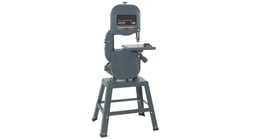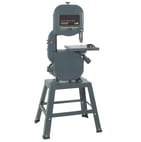
Official Sears band saw parts
Sears manufactures band saws and that are both dependable and affordable. Sears band saws are used by millions of carpenters and woodworking enthusiasts. With frequent use, parts on your band saw may become worn or broken. When a part wears out. Sears PartsDirect has the genuine Sears replacement parts you need to get your band saw fixed right.
Showing 1-2 of 2
Showing 1-2 of 2
